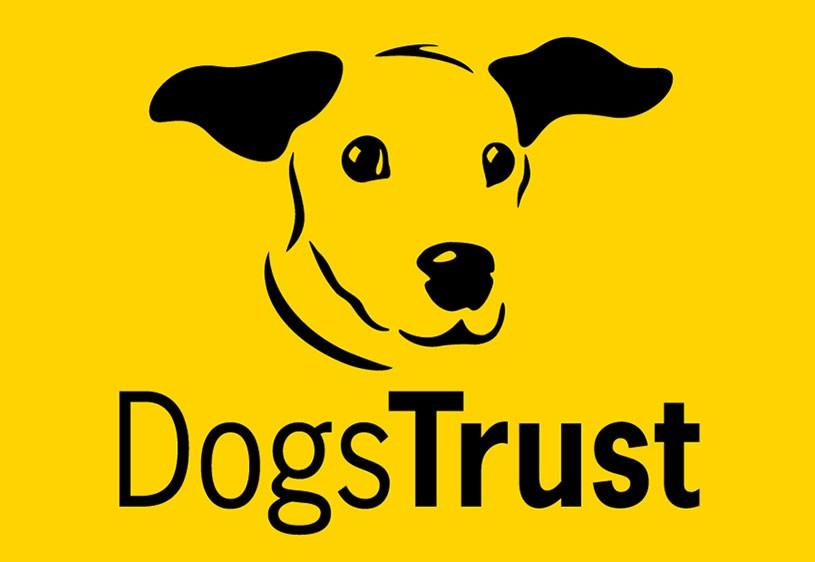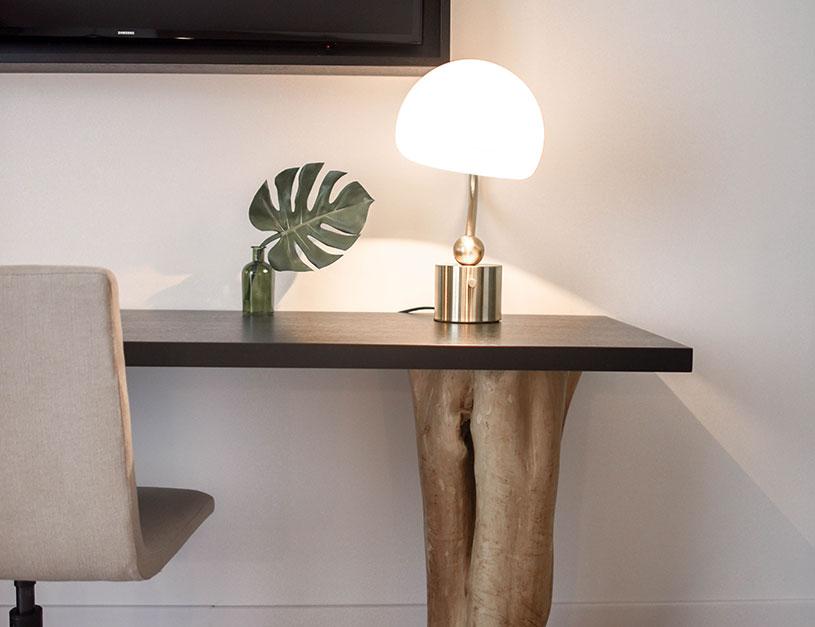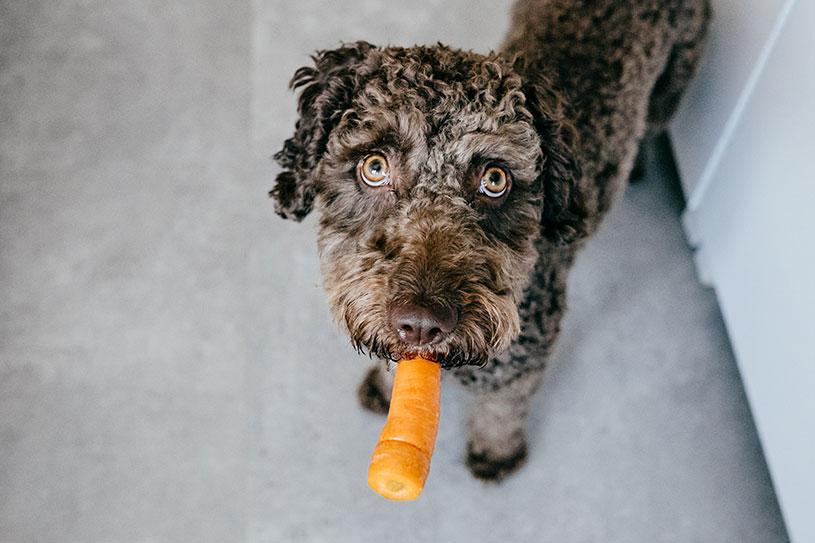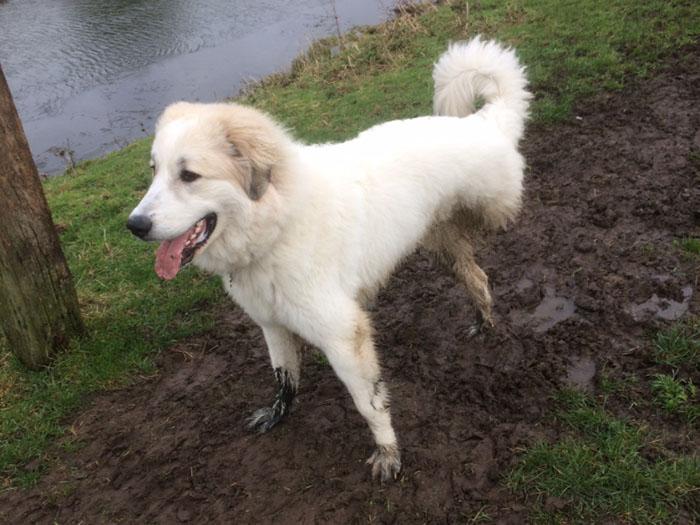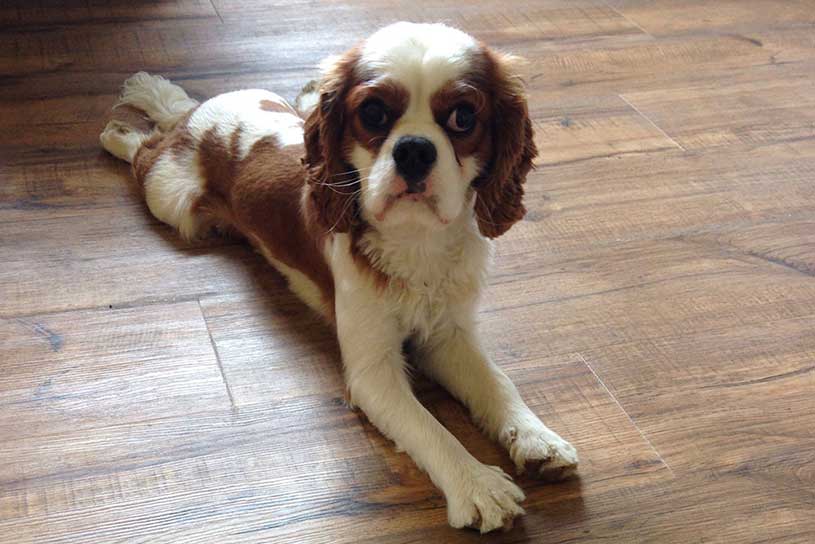These days there are literally hundreds of charities which re-home unwanted dogs, from the large well known ones such as the dogs trust and blue cross, to breed specific charities and the smaller independent rescue homes that simply do it because they want to help. Why are we in a situation where there are so many unwanted animals when we are meant to be a nation of dog lovers? There are three main reasons, one: many people fail to spay or neuter their dogs which then reproduce creating an enormous amount of puppies. Two: people still buy animals from breeders or pet stores thereby supporting the puppy mills that supply them. Three: people buy puppies without actually considering the lifelong commitment, money, time and effort required to care for them; once the novelty wears off they are no longer wanted.
Why choose a rescue dog?
Dogs do not choose or want to live in a rescue they end up there for a wide variety of reasons many which are not their fault. There are many sweet, well-mannered dogs in rescues which would make the ideal pet – not all rescue dogs have behavioural problems. If you are considering giving a home to one of the many unwanted and abandoned dogs; be guided by the rescue staff that spend every day with these animals, they should be able to match you with a dog which will best fit your situation.
Top tips for choosing a rescue dog
1. Prep before you go. Think about what you are looking for in a dog. A couch potato pal? A running partner? A sedate companion for long walks? The answers suggest how young and energetic your dog should be. Consider how much time you have to spare. Housetraining doesn’t take forever but it’s a lot of work, mess and inconvenience while the training is taking place. All puppies and young dogs need plenty of exercise and training whilst young is essential. As for grooming, you will either be doing that or paying someone to do it for you, the decision between a long haired coat/breed and a short haired coat/breed is also something to consider. If you don’t have a lot of time and energy to invest then there are plenty of older, quieter short haired dogs that need homes.
2. Visit the rescue and look for friendly dogs. A friendly dog wiggles when he sees you coming, he may press against the front of the kennel to get as much of himself close to you as he can. His eyes are squinty and his mouth probably opens in a doggy grin. He tail is wagging fairly low and his wags are soft and loose. If he barks it will be an excited happy bark. A friendly dog won’t charge the front of the cage barking deeply at you, he won’t stand rigid facing you head-on, he won’t sit or crouch stiffly watching you out of the corner of his eyes. A friendly dog won’t cower at the back of the kennel or ignore you. Shelter dogs are usually lonely for human company and this shows in their pleasure/excitement of seeing you.
3. Get an expert to help you. Rescue staff should be able to guide you however they will all have their favourites and have stronger bonds with some dogs than others. It is a good idea to ask an independent dog trainer to offer their opinion on the animal you are thinking of choosing; especially if you have no experience of owning a dog. The Kennel Club offer a list of accredited instructors
It may seem strange to hire a dog trainer when you don’t even have a dog however the money spent now could save you a lot of heartache in the future. It’s one thing to take on a dog with behaviour problems and past issues when you have had previous experience and expertise to care for these animals it’s quite another when you’re scared of the neighbours children coming round because your dog will bite them.
Questions to ask yourself when choosing a rescue dog
- What is the dog’s body language like?
- How is he responding to being touched?
- Is he excitable? How quickly does he calm down?
- How rough is he when playing?
- What’s his reaction to other dogs?
- How does he react if approached when in possession of food or a toy?
- How does he react at the sudden appearance of a stranger?
Remember taking on a dog is a life altering decision that should be thought carefully about; the average life span of a dog is 10-13 years and annually they cost about £1200 – this is without unforeseen medical bills so a good pet insurance is advisable. Shelter dogs can be unpredictable and may come with more problems, they need your time, love, and attention but most importantly they need training, they need to understand the boundaries and find their place within your family ‘their pack’, the last thing they need is to be adopted only to be returned to the rescue 3 months later.
Max – our rescue dog

We adopted a German Shepherd from Jerry Greens Dog Rescue when he was 9 months old, Max had been born in the rescue as his mum was ‘dumped’ when she was pregnant. Max was very quickly adopted by someone when he was two months old (he was obviously a very cute puppy) but returned back to the rescue a few weeks later as he was getting ‘too big’. Max was toilet trained when we got him however he had no recall skills, would not walk on a lead, was an escape artist and liked to bark. We had no experience with dogs and muddled through those first few weeks – a bit like you do when you bring your first born child home for the first time. One of the first decisions was deciding where Max would sleep, downstairs was the first thought, then he cried at night so we moved him upstairs on the landing, then he moved into in our room and eventually my husband would come to bed at night and have to get Max out of his spot. This was our (my) first mistake, I treated Max like a baby, there were no boundaries he was literally allowed everywhere we were. Over time we did teach Max recall (when he felt like it) and occasionally he walked properly on the lead, however there were many times in the first few years we could quite gladly given up on him; like the time he pulled me over in a muddy puddle because he was trying to fight a black Labrador or the time he got into a field of sheep or the time I had to get into a river because he refused to come out; but you don’t give up on them just like you don’t give up on your children. Max was not perfect he had his issues especially with black dogs and work men in fluorescent coloured jackets but we learnt to understand his behaviour and either dealt with the issues or avoided situations and places we knew would be problematic. In the end we had Max for 10 years and I can honestly say that he was the most loyal, loving companion you could have; he knew how I was feeling and knew when I needed him. When I was pregnant he sat with me every time I threw up (and that was a lot!) and when I had Katy I would often find him curled up near her cot in the mornings. I honestly do believe if you can adopt a rescue dog (and get through it!) you will be rewarded with their undivided loyalty and devotion for the rest of their lives.
Floors for Paws donates 10% of EVERY SALE to the Dogs Trust.
